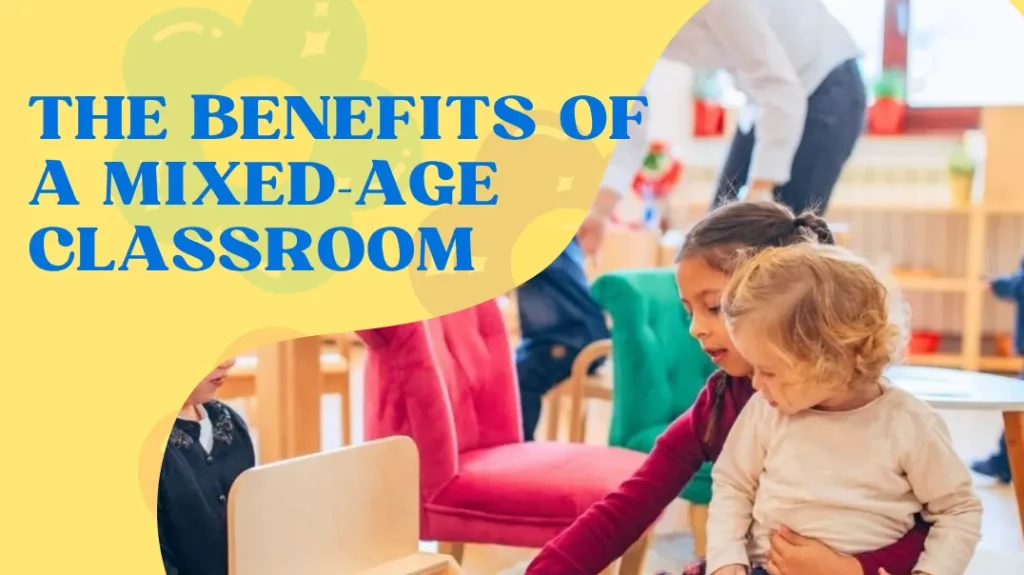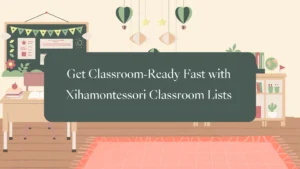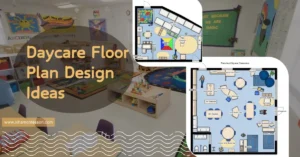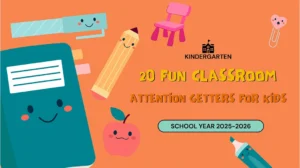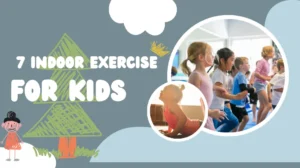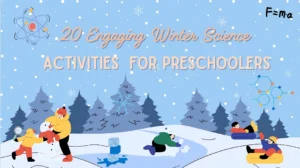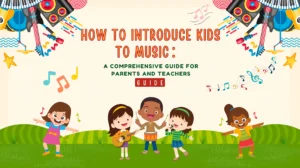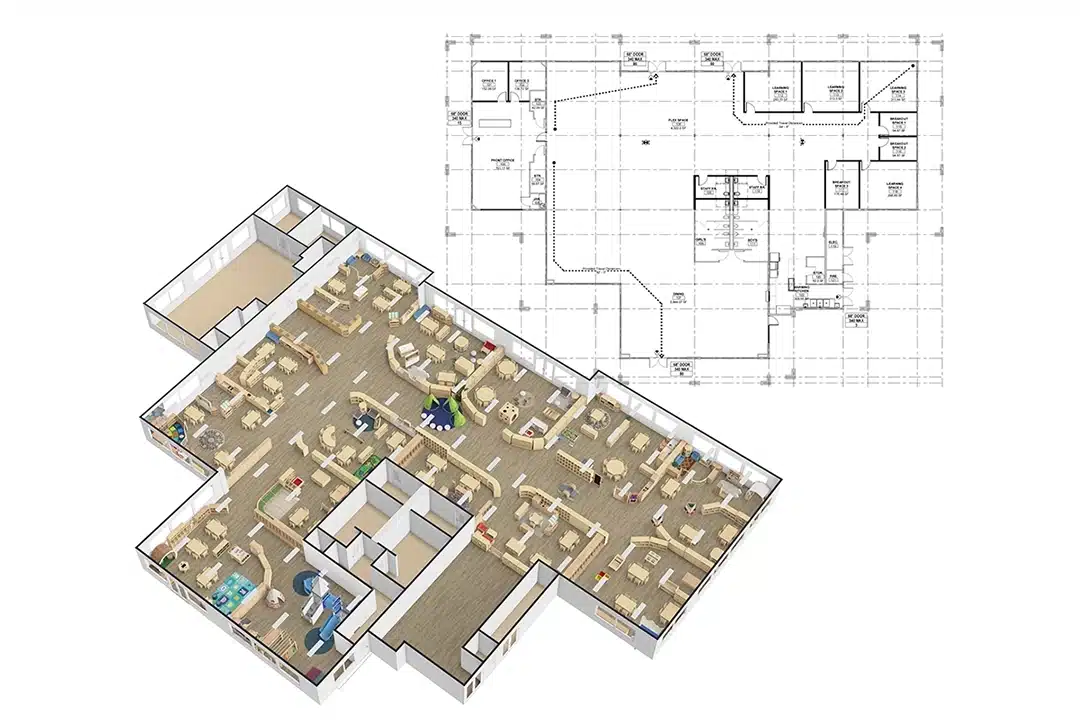Are you wondering if a Mixed-Age Classroom is truly beneficial for young learners? Do you worry that combining toddlers and older preschoolers could slow down progress—or create chaos? Can such a diverse environment support a child’s growth better than a traditional, single-age setup?
Mixed-age classrooms offer powerful, research-backed benefits. By combining children of different ages, we foster cooperation, peer learning, and personal growth—key elements of holistic development.
The idea of a Mixed-Age Classroom might feel unfamiliar at first. Still, once you understand how it works and the outcomes it produces, you’ll see why it’s becoming a global standard in high-quality early education.

What is a Mixed-Age Classroom?
A Mixed-Age Classroom is an educational setting where children of different ages learn together in one shared environment. Rather than separating students strictly by age, this model groups children across a span—typically 2 to 3 years. For example, children aged 3 to 6 might be placed in the same preschool classroom.
This structure reflects the way children naturally interact in families and communities. In a Mixed-Age Classroom, younger students benefit from observing and imitating older peers, while older students reinforce their learning by mentoring and leading. These interactions encourage independence, cooperation, and a deeper understanding of academic and social concepts.
Unlike traditional age-segregated systems, the Mixed-Age Classroom adapts to each child’s pace and stage. This allows for individualized attention and avoids labeling children as ahead or behind. The classroom becomes a learning community where each child contributes in a unique and valuable way.
In early education, especially where play, observation, and exploration are essential, this model supports natural development. It’s not just about managing different ages—it’s about unlocking the full potential of every learner.
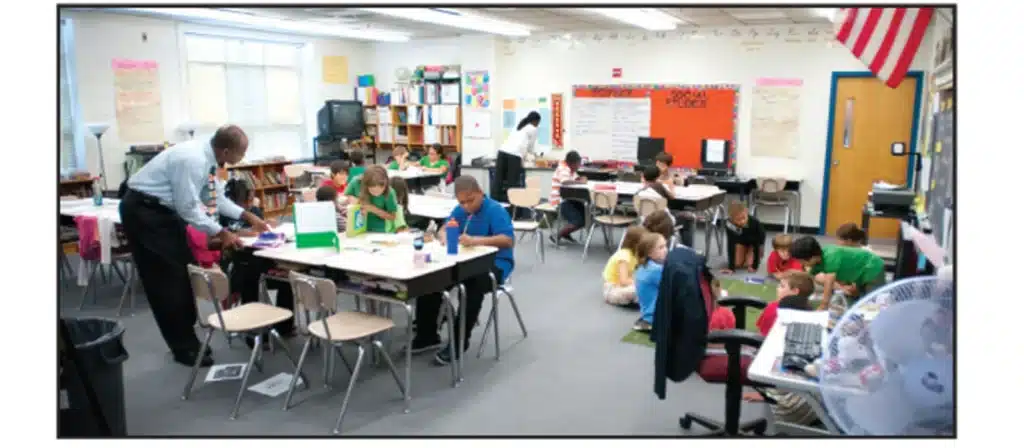
Key Features of a Mixed-Age Classroom
Age Diversity
One of the most defining elements of a mixed-age classroom is its age diversity. This setup intentionally integrates children from different developmental stages, allowing for more organic peer learning. Younger students benefit from observing older peers, while older children reinforce their understanding by mentoring and teaching.
Flexible Grouping
Mixed-age classrooms favor flexible grouping over rigid academic tracking. Instead of assigning tasks based solely on age or grade, teachers organize students by skill level, interest, or project compatibility. This dynamic setup not only boosts academic performance but also encourages empathy, collaboration, and peer respect.
Holistic Learning
Holistic learning lies at the heart of mixed-age education. The focus isn’t just on academic excellence but also on nurturing emotional intelligence, social skills, and self-awareness. These classrooms provide a richer context for learning—where intellectual growth coexists with moral and emotional development.
What Types of Schools Use Mixed-Age Classes?
Mixed age classrooms are not limited to one educational philosophy—they are embraced by a wide range of school types around the world. From structured Montessori classrooms to imaginative forest schools, this approach is seen as a powerful tool to enhance learning through peer interaction, continuity, and community building.

Montessori Schools
Founded by Maria Montessori, this educational model is perhaps the most famous for incorporating mixed-age classrooms. Montessori institutions are pioneers in mixed-age education. Their philosophy is rooted in child-led learning and natural development, making age-integrated classrooms an ideal match. In these settings, children typically stay in the same class for three years, building a sense of continuity and community.

Waldorf Schools
Waldorf education similarly embraces multi-age groups, especially in early childhood and lower grades. The model emphasizes imagination, creativity, and social responsibility, which flourish in environments where children learn from one another rather than compete.

Reggio Emilia Schools
These schools promote project-based learning within collaborative environments. Reggio Emilia classrooms often mix ages to encourage varied perspectives in group exploration. The presence of multiple age groups enriches discussions, fosters empathy, and strengthens democratic values.

Nature Schools
Outdoor-based learning institutions, often called forest schools or nature schools, frequently use mixed-age groups. The unpredictability of outdoor learning and the cooperative nature of activities lend themselves well to varied age interactions.

International Schools
In diverse global settings, many international schools adopt mixed-age practices to accommodate students transitioning between different educational systems. This flexibility fosters inclusiveness and helps students feel secure in unfamiliar environments.

Cooperative Kindergartens
Parent-run or community-driven cooperative kindergartens often favor mixed-age setups to mirror familial structures and encourage natural learning rhythms. These environments tend to be less rigid, supporting developmental differences and emotional growth.

Private Schools
Many progressive private schools integrate mixed-age groups as part of their educational philosophy. These institutions often have the flexibility to experiment with alternative teaching methods and are more inclined to prioritize holistic development over standardized testing.

Multi-Age Classroom Settings
Creating a thriving multi-age classroom requires more than grouping children of different ages in one space—it demands a thoughtful orchestration of physical design, daily rhythm, social dynamics, and instructional strategies. Each component should harmonize to support curiosity, independence, and interdependence.
Step 1: Determine the Ideal Age Span
A well-balanced mixed-age classroom typically spans two to three years. For instance, common groupings are ages 3–6, 6–9, or 9–12. The age range must be narrow enough to manage developmental differences but wide enough to foster leadership and mentorship. Educators assess both emotional maturity and academic readiness when determining the groupings.
Step 2: Create a Purposeful Layout
The physical environment in a multi age classroom should be inviting, functional, and adaptable. Key features often include:
- Defined Activity Zones: Reading nooks, science corners, art stations, and writing areas help children understand where specific types of learning happen.
- Accessible Shelving: Materials should be stored on low shelves, labeled clearly, and rotated periodically to suit all age levels.
- Open Floor Plan: Allows for flexible seating, movement, and collaboration.
- Quiet Zones and Group Areas: Children need both solitude and social spaces to support different learning styles and emotional needs.
Furniture is typically child-sized, lightweight, and easy to reconfigure. Visual cues such as rugs, plants, and color coding help organize the space without overwhelming it.
Step 3: Stock Developmentally Appropriate Materials
One of the hallmarks of a successful mixed-age classroom is the richness and range of learning materials. The classroom should include:
- Hands-On Materials: Manipulatives, puzzles, and building sets suitable for varied skill levels.
- Multi-Level Books: A collection that includes picture books, early readers, and chapter books.
- Project Supplies: Art tools, science kits, and construction items to enable open-ended exploration.
- Real-Life Tools: Measuring tapes, cooking utensils, nature journals, and other practical items that allow for experiential learning.
Materials are rotated based on themes, seasons, and the evolving interests of the children. Older children often model how to use items appropriately, teaching care and responsibility in the process.
Step 4: Design a Rhythmic Daily Schedule
Routine provides security, especially in multi-age groups where children are at different developmental stages. A balanced schedule includes:
- Morning Meetings: A time for setting intentions, sharing ideas, and fostering community.
- Work Periods: Extended blocks for uninterrupted, self-directed learning.
- Group Time: For storytelling, music, or collective projects.
- Outdoor Play: Daily time outside supports gross motor development and stress reduction.
- Reflection Time: At the end of the day, children review what they’ve learned and set goals for tomorrow.
Schedules are predictable but not rigid. This flexibility respects the organic flow of child-centered learning and allows for spontaneous opportunities.
Step 5: Group Students Intentionally
Groupings in a mixed-age classroom are strategic and fluid. They might be based on interest, skill, social compatibility, or specific instructional needs. Common grouping formats include:
- Mentor-Apprentice Pairs: Older students guide younger ones in academic or social tasks.
- Mixed-Level Teams: For collaborative projects that require different strengths.
- Same-Skill Clusters: For targeted instruction in areas like phonics or multiplication.
- Free Choice Clusters: Based on students’ curiosity and preferred activities.
Teachers observe dynamics and rotate groups to ensure equity, engagement, and the development of diverse relationships.
Step 6: Establish a Culture of Mutual Respect
Culture is the glue of the mixed-age setting. From day one, the class is guided not by rules imposed from above but by shared agreements born out of discussion and consensus. Children articulate values like kindness, listening, and responsibility—not because they’re told to, but because they believe in them.
Rituals play a vital role. A weekly gratitude circle, a shared clean-up song, or a “peace talk” protocol for resolving conflicts—these traditions create a social fabric where everyone has a voice. In time, students stop asking, “Is this allowed?” and begin asking, “Is this respectful? Is it helpful? Is it kind?”
Step 7: Monitor, Reflect, and Adapt
Finally, a multi-age classroom is a living system. Teachers document not only academic achievements but also social interactions, emotional shifts, and creative sparks. They reflect daily—What sparked curiosity today? Who struggled with transitions? Which materials were over- or under-utilized?
This reflection informs small tweaks: rearranging the center, adjusting the schedule, or offering a new storytelling prompt. The classroom evolves, not just as a physical space, but as a responsive, nurturing learning organism.

What are the Advantages and Disadvantages of Mixed-Age Classrooms?
Mixed-age classrooms have long been used in educational models like Montessori and Waldorf schools. These settings bring together students of different ages, typically spanning a range of two to three years, into one shared learning environment. The idea is to encourage collaboration, leadership, and individualized learning. While this model offers a wealth of benefits, it is not without its challenges.
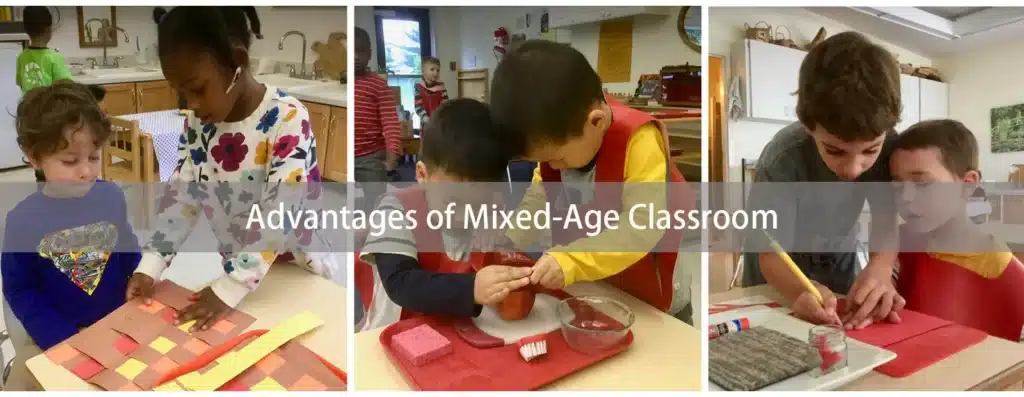
Advantages of Mixed-Age Classroom
Learning at Your Own Pace
In mixed-age settings, students aren’t confined to a curriculum dictated by age or grade. They progress based on their readiness. A seven-year-old advanced in reading can explore chapter books without being held back, while another needing extra time with arithmetic receives support without stigma. This flexibility nurtures self-directed learning and eliminates the pressure of comparison.
Role Models and Guidance
Older students naturally become leaders, offering guidance, support, and behavioral modeling. These interactions teach patience and empathy while giving younger students aspirational figures. The classroom mirrors real-life communities where mentorship is organic, not orchestrated.
Peer Learning
Students learn from each other, not just from the teacher. Whether it’s through collaboration, observation, or peer explanation, mixed-age groupings accelerate cognitive development. A younger child struggling with a task might grasp it instantly when explained by an older peer, who in turn deepens their understanding through teaching.
Improved Teacher-Student Relationships
With students remaining in the same class for multiple years, teachers develop strong, trust-based relationships. They understand each child’s learning style, challenges, and strengths, allowing for deeper connection and more effective instruction over time.
Social and Emotional Development
Interacting across age groups builds emotional intelligence. Children learn to navigate relationships with individuals at different developmental stages, enhancing communication, empathy, and conflict resolution skills. It prepares them for the real world, where diversity of experience is the norm.
Personalized Learning
Mixed-age environments require individualized learning plans. Each child is seen as unique, with instruction tailored to their developmental stage, interests, and learning preferences. This approach fosters engagement and deeper understanding.
Personalized Instruction
Beyond learning preferences, teachers design instruction that reflects each student’s pace and capability. This might involve tiered assignments, small group instruction, or project-based learning that adapts in complexity.
Reduce Competition
With age differences, direct comparisons are rare. Students are less likely to compete and more inclined to support one another. This reduces anxiety and builds a more cooperative classroom culture.
Inclusiveness
The diversity of age and ability levels naturally cultivates inclusiveness. Students learn that differences are normal and valuable. This mindset creates a safe, accepting environment where every voice matters.
Character Building
The mixed-age model supports character education by promoting responsibility, patience, and cooperation. Older students learn nurturing behaviors, and younger ones learn to follow guidance with trust and respect.
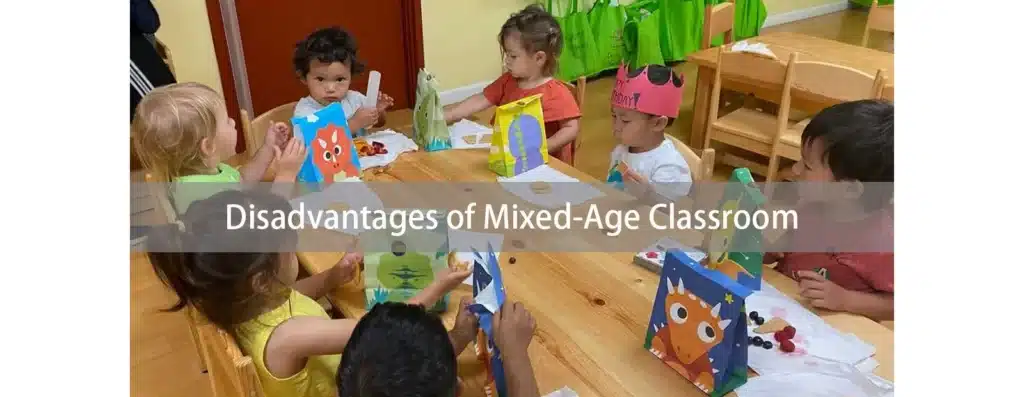
Disadvantages of Mixed-Age Classroom
Curriculum Challenges
Balancing multiple developmental levels within one lesson requires careful planning. Teachers must design activities that engage the full spectrum of ability without overwhelming or boring anyone. This complexity demands high-level curriculum design skills and flexibility.
Resourcing
Classrooms need more materials and resources to cater to varied age groups. From differentiated reading levels to diverse manipulatives for math, mixed-age environments can strain school budgets and demand strategic organization.
Standardized Testing
In systems that prioritize standardized testing, mixed-age models can face friction. Tests are designed for specific age or grade levels, making it difficult to fairly assess all students. Teachers often need to provide additional test prep or administer individualized assessments.
Transition Challenges
Students transferring in or out of mixed-age settings may struggle with alignment. Parents might worry about how their child will transition to traditional schools, especially if curriculum milestones don’t match grade-level expectations.
Potential for Conflict
Age differences can sometimes lead to power dynamics or social tension. Younger children might feel overshadowed, while older ones may become frustrated with peers who require more attention or guidance. Teachers must foster mutual respect and collaboration proactively.
More Work for Administrators
School leaders must ensure teachers are trained, curriculum is integrated across grades, and resources are available for multi-level instruction. Scheduling, reporting, and compliance with educational standards become more complex.
Budget Challenges
Implementing a mixed-age model often means hiring experienced teachers, investing in diverse resources, and potentially restructuring school layouts. These changes may incur higher upfront costs, although the long-term benefits often justify the investment.

Tips for Caring for Mixed-Age Children
Educating a diverse age group requires nuance. Here are some effective strategies:
- Know Your Students Well
Understanding each child’s interests, strengths, and emotional triggers allows for better grouping and task assignment. This personal approach also builds trust and engagement. - Promote a Culture of Respect
From the start, establish norms that value every voice. Reinforce the idea that everyone has something to teach and something to learn. - Balance Leadership Roles
Older students should not always lead; younger students should also get chances to play games, choose books, or present projects. This balance prevents hierarchical thinking. - Use Storytelling and Play
Younger students respond well to stories and imaginative play, which can be leveraged to teach concepts across age groups. Older students enjoy participating, too—it strengthens creativity and bonds. - Encourage Conflict Resolution
Teach children to mediate disagreements with empathy and honesty. Provide tools like feeling charts or “peace corners” where they can work through differences constructively.
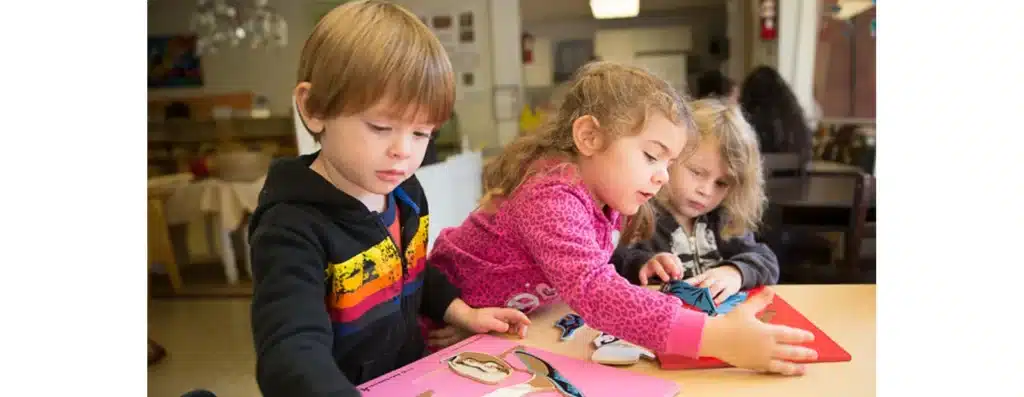
How Are Mixed-Age Classrooms Arranged and Grouped?
In practice, these classrooms are arranged to promote autonomy, cooperation, and creativity. Groupings are fluid and based on interests, not just age or ability. Here’s how grouping typically works:
- Interest-Based Groups: For example, children passionate about dinosaurs might form a project group, regardless of age.
- Skill-Based Stations: Students rotate through activities tailored to different developmental levels.
- Mentorship Pairings: Older students guide peers in literacy, math, or daily tasks.
- Community Circles: Entire classes gather regularly to discuss emotions, share stories, or plan projects together.
- Teacher-Led vs. Child-Led Grouping: While teachers guide many groupings, some should be child-led. Give children choices about whom to work with and what projects to pursue. This autonomy builds confidence and ownership of learning.
This dynamic role is both demanding and deeply rewarding, as it nurtures a community of curious, confident learners.
Blended Learning vs. Traditional Grade-Based Learning Approaches
| Feature | Blended/Mixed-Age Learning | Traditional Grade-Based Learning |
|---|---|---|
| Age Group | Multi-age students in one class | Students of the same age per grade |
| Instructional Style | Individualized and project-based | Standardized, whole-group lessons |
| Peer Interaction | High with cross-age mentorship | Limited to same-age interaction |
| Curriculum Design | Flexible and thematic | Grade-specific and linear |
| Assessment | Portfolio-based and qualitative | Standardized tests |
| Teacher Role | Facilitator and guide | Instructor and evaluator |
| Social-Emotional Development | Strong emphasis | Often secondary to academics |
| Learning Pacing | Personalized for each student | Uniform pace across students |
| Classroom Environment | Collaborative and inclusive | Structured and hierarchical |
| Student Motivation | Intrinsic, based on interest | Often extrinsic, test-driven |
Mixed Ages in the Montessori Environment
The Montessori method has long championed mixed-age education as a cornerstone of its approach. In Montessori classrooms, students remain with the same teacher and peer group for three years. This continuity fosters deep relationships, trust, and a collaborative spirit.
Montessori educators are trained to observe rather than instruct constantly, stepping in only when necessary to guide or challenge. This respectful approach empowers children to take ownership of their education and build confidence through real accomplishments.

Developmental Stages Can Be Divided Into
0–3 Years Old
This phase is known as the “Nido” or infant community. It focuses on movement, language development, and forming secure attachments. The environment is calm and nurturing, emphasizing sensory experiences and early independence.
3–6 Years Old
The “Children’s House” stage supports early literacy, math, and cultural understanding. Students engage with hands-on materials, fostering concentration, coordination, and social development. Older children often help guide younger peers, enhancing their leadership skills.
6–9 Years Old
In this lower elementary stage, curiosity expands. Children start collaborative research projects, explore abstract concepts, and refine moral reasoning. The classroom encourages exploration, creativity, and the development of work habits.
9–12 Years Old
Upper elementary students dive deeper into subjects and begin to understand their place in the wider community. They engage in group projects, complex math, and science experiments. Social responsibility and critical thinking are emphasized.
12–15 Years Old
In the adolescent stage, the focus shifts to identity, social belonging, and real-world application. Montessori programs include entrepreneurship, community service, and field-based learning to develop maturity and purpose.
15–18 Years Old
Though fewer in number, Montessori high schools emphasize personal initiative, research, and contribution to society. Students prepare for adult life with a strong sense of autonomy and self-awareness.

Advantages of Montessori Multi-Age Classrooms
- Create an Autonomous Learning Environment
Children in Montessori classrooms take charge of their learning. With the freedom to choose tasks and manage their time, they build confidence, independence, and responsibility—skills that extend far beyond academics. - Learn Through Teaching
Older students reinforce their knowledge by helping younger ones and developing leadership and communication. Younger children benefit from peer explanations, often grasping concepts more easily through observation. - Develop Important Life Skills
Multi-age classrooms promote skills like leadership, collaboration, empathy, and self-regulation—traits essential for both academic and real-world success. - Create Diverse Experiences
With a mix of ages, children are exposed to a wider range of abilities, ideas, and perspectives. This diversity enriches classroom life and learning. - Opportunities for Observation
Younger students observe older peers tackling advanced tasks, which builds readiness and inspiration. Observation is also a key assessment tool for teachers. - Stronger Teacher-Student Relationships
Spending multiple years with the same group allows teachers to understand each child deeply, fostering trust and enabling truly personalized instruction.

What Are the Responsibilities of a Teacher in a Multi-Grade Classroom?
The teacher in a multi-age classroom is a facilitator, observer, planner, and mentor. Unlike traditional models, they do not direct learning—they curate it.
Their responsibilities include:
- Preparing the Environment: Every material must match developmental needs across age groups.
- Observing and Recording: Teachers track progress holistically—academic, emotional, social.
- Guiding, Not Lecturing: They offer individual or small group lessons, letting students drive their learning.
- Building a Community: Teachers foster cooperation, resolve conflict peacefully, and create a respectful culture.
- Supporting Individual Growth: Instruction is tailored, not standardized, meeting each child where they are.
Ultimately, their role is deeply human. They must see and support the whole child every day across three or more developmental stages.
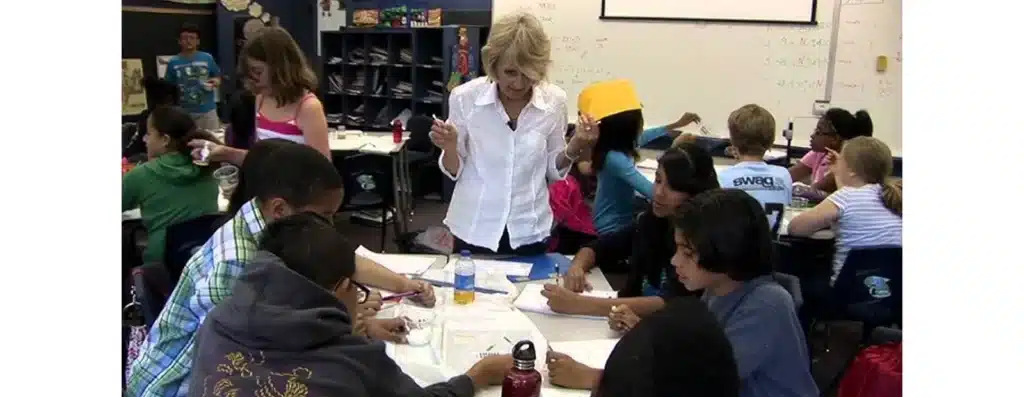
Challenges for Teachers in Mixed-Age Classrooms
Teaching in a multi-age classroom offers profound rewards but comes with challenges as well. Understanding these can help schools and educators better prepare and support one another.
1. Curriculum Planning Complexity
Teachers must create lessons that span multiple age levels and developmental stages. This requires creativity and deep knowledge of child development.
2. Time Management
Balancing individual and group needs can stretch even experienced teachers. Prioritizing tasks and ensuring every student gets adequate attention is an ongoing challenge.
3. Professional Training Gaps
Many teacher training programs don’t adequately prepare educators for mixed-age instruction. Schools must provide ongoing professional development to fill these gaps.
4. Parental Misunderstanding
Some parents worry that their child will be “held back” or “not challenged enough.” Teachers often need to spend time educating parents on the benefits and structure of mixed-age learning.
5. Assessment and Record Keeping
Tracking progress without standard tests requires detailed documentation. Teachers must manage learning portfolios, observation logs, and narrative reports for each student.
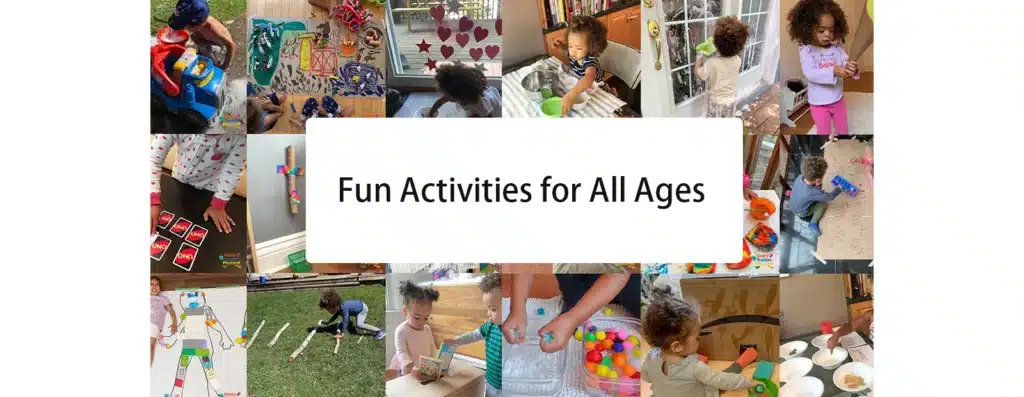
Fun Activities for All Ages
Montessori classrooms thrive on experiential learning, and many activities are naturally suited for multiple age groups. Here are a few examples that promote inclusion and growth:
- Community Gardening: From planting seeds to harvesting vegetables, this activity engages children across developmental levels. Older kids can read planting guides and track growth, while younger ones get hands-on experience with soil and watering.
- Cooking Projects: Cooking combines math, science, reading, and cooperation. Tasks are easily adapted to age: older students handle measurements and reading recipes, while younger ones mix ingredients and set the table.
- Story Circles: Students of all ages gather to read, listen, or tell stories. Younger children develop listening and comprehension skills, while older ones practice public speaking and storytelling.
- Art Collaborations: Group murals or themed projects allow students to express creativity while working together. Older kids can help with planning, and younger ones contribute imaginative details.
- Cultural Celebrations: Multi-age groups can explore global cultures through food, music, and traditions. Each child brings their interpretation and understanding to these enriching experiences.
- Buddy Reading Time: Pair older and younger students for shared reading. Older students read aloud or listen as younger ones practice, fostering literacy and connection.
- Science Experiments: Conduct simple experiments like building volcanoes or observing plant growth. All ages participate in observation, setup, and discussion.
- Nature Walks and Scavenger Hunts: Explore outdoor areas together, collecting leaves, bugs, or rocks based on clues. This promotes curiosity and environmental awareness.
FAQs
- Why do mixed-age classrooms work?
Mixed-age classrooms work because they mirror natural social environments, encourage peer teaching, and support individualized learning. - Are mixed-age classrooms effective for all subjects?
Yes, though they are especially effective in subjects where discussion, creativity, and conceptual understanding are key. - How do younger children benefit from older peers?
Younger children gain confidence, learn advanced skills faster, and receive emotional support from older students. - How can schools transition to a mixed-age model?
Start small with one class or subject, provide teacher training, and involve parents early in the process. - Is the curriculum harder to manage in a mixed-age class?
It requires planning, but multi-level lessons and differentiated instruction make it effective. - What do parents think of mixed-age classrooms?
Many parents report improvements in their child’s confidence, empathy, and enthusiasm for learning. - Can students fall behind in mixed-age settings?
On the contrary, students often advance faster because the environment is less pressured and more tailored to individual growth. - How do teachers manage such diverse needs?
Through differentiated instruction, flexible grouping, and project-based learning that allows children to work at their own pace.
Conclusion
A Mixed-Age Classroom isn’t just an educational structure—it’s a philosophy that sees children as unique, capable, and worthy of individualized attention. By embracing this model, schools can foster a culture of inclusivity, empathy, and lifelong learning. When students teach, learn, and grow together across age lines, education becomes not just academic—but profoundly human.

